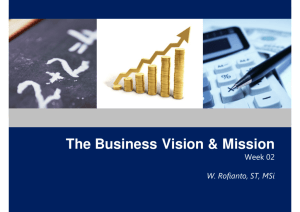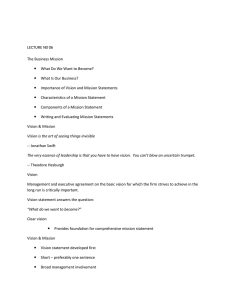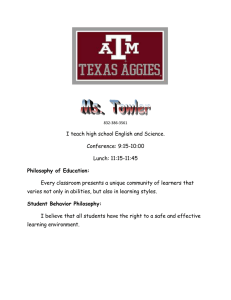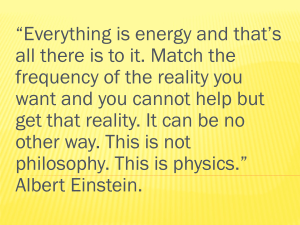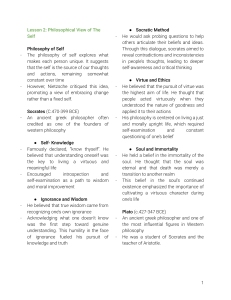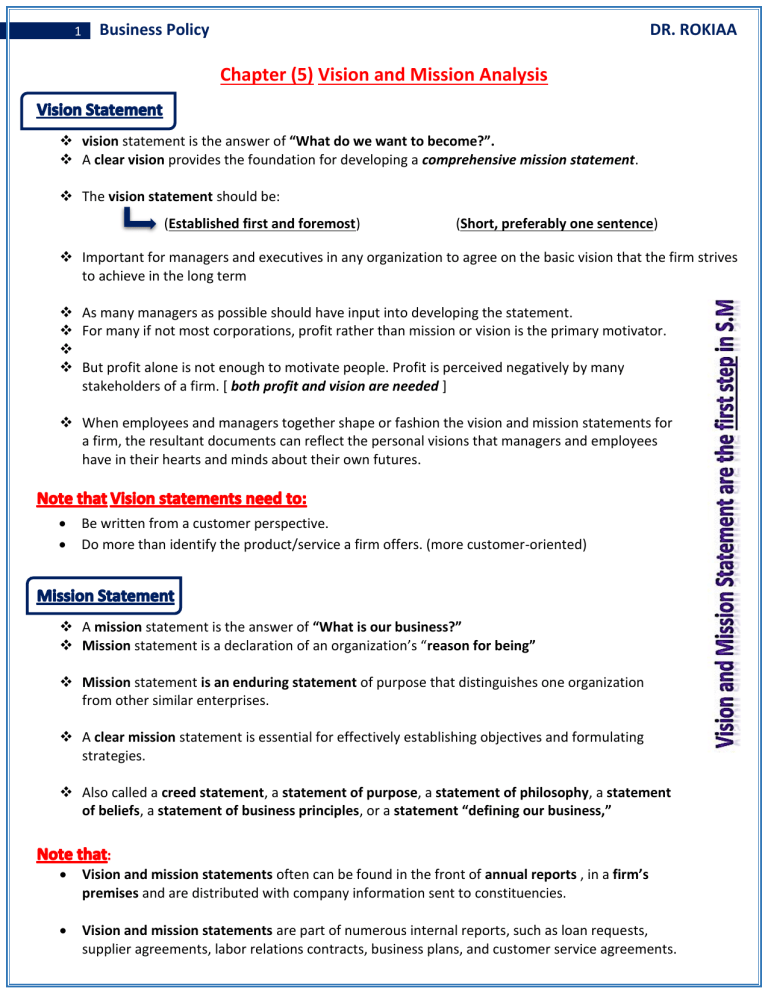
1 Business Policy DR. ROKIAA Chapter (5) Vision and Mission Analysis ❖ vision statement is the answer of “What do we want to become?”. ❖ A clear vision provides the foundation for developing a comprehensive mission statement. ❖ The vision statement should be: (Established first and foremost) (Short, preferably one sentence) ❖ Important for managers and executives in any organization to agree on the basic vision that the firm strives to achieve in the long term ❖ As many managers as possible should have input into developing the statement. ❖ For many if not most corporations, profit rather than mission or vision is the primary motivator. ❖ ❖ But profit alone is not enough to motivate people. Profit is perceived negatively by many stakeholders of a firm. [ both profit and vision are needed ] ❖ When employees and managers together shape or fashion the vision and mission statements for a firm, the resultant documents can reflect the personal visions that managers and employees have in their hearts and minds about their own futures. • • Be written from a customer perspective. Do more than identify the product/service a firm offers. (more customer-oriented) ❖ A mission statement is the answer of “What is our business?” ❖ Mission statement is a declaration of an organization’s “reason for being” ❖ Mission statement is an enduring statement of purpose that distinguishes one organization from other similar enterprises. ❖ A clear mission statement is essential for effectively establishing objectives and formulating strategies. ❖ Also called a creed statement, a statement of purpose, a statement of philosophy, a statement of beliefs, a statement of business principles, or a statement “defining our business,” • Vision and mission statements often can be found in the front of annual reports , in a firm’s premises and are distributed with company information sent to constituencies. • Vision and mission statements are part of numerous internal reports, such as loan requests, supplier agreements, labor relations contracts, business plans, and customer service agreements. 2 Business Policy DR. ROKIAA The Process of Developing Vision and Mission Statements ❖ Clear vision and mission statements are needed before alternative strategies can be formulated and implemented. ❖ As many managers as possible should be involved in the process of developing these statements because, through involvement, people become committed to an organization. ❖ Organizations may: • • • Use discussion groups of managers to develop and modify existing statements. statements . Hire an outside consultant or facilitator to manage the process. Unbiased views an outside person can manage the process more effectively than an internal group or committee of managers. . ❖ According to Campbell and Yeung: • The process of developing a mission statement should create an "emotional bond " and "sense of mission" between the organization and its employees. • Vision is “a possible and desirable future state of an organization” that includes specific goals • Mission is more associated with behavior and the present. ❖ A widely used approach to developing a vision and mission statement 1. Select several articles about these statements and ask all managers to read these. 2. Ask managers themselves to prepare a vision and mission statement for the organization. 3. Merge these statements into a single document & distribute the draft statements to all managers. A request for 4. Request Modifications, additions, and deletions, along with a meeting to revise the document. 1. Broad in scope ; do not include monetary amounts, numbers, percentages, ratios, or objectives 2. Less than 250 words in length 052 3. Inspiring 4. Identify the utility of a firm’s products 5. Reveal that the firm is socially responsible 6. Reveal that the firm is environmentally responsible 7. Include nine components customers, products or services, markets, technology, concern for survival/growth/profits, philosophy, self-concept, concern for public image, concern for employees 8. Reconciliatory 9. Enduring 3 Business Policy 1. 2. 3. 4. 5. Customers—Who are the firm’s customers? Products or services—What are the firm’s major products or services? Markets—Geographically, where does the firm compete? Technology—Is the firm technologically current? Concern for survival, growth, and profitability—Is the firm committed to growth & financial soundness? Philosophy—What are the basic beliefs, values, aspirations, and ethical priorities of the firm? Self-concept—What is the firm’s distinctive competence or major competitive advantage? Concern for public image—Is the firm responsive to social, community, & environmental concerns? Concern for employees—Are employees a valuable asset of the firm? 6. 7. 8. 9. DR. ROKIAA 1) We aspire to make PepsiCo the world’s [3] premier consumer products company, focused on convenient foods and beverages [2] We seek to produce healthy financial rewards for investors [5] as we provide opportunities for growth and enrichment to our employees, [9] our business partners and the communities [8] in which we operate. And in everything we do, we strive to act with honesty, openness, fairness and integrity [6]. 2) Dell’s mission is to be the most successful computer company (2) in the world (3) at delivering the best customer experience in markets we serve (1). In doing so, Dell will meet customer expectations of highest quality; leading technology (4); competitive pricing; individual and company accountability (6); best-in-class service and support; flexible customization capability (7); superior corporate citizenship (8); financial stability (5). 3) Procter & Gamble will provide branded products and services of superior quality and value (7) that improve the lives of the world’s (3) consumers. As a result, consumers (1) will reward us with industry leadership in sales, profit (5), and value creation, allowing our people (9), our shareholders, and the communities (8) in which we live and work to prosper.
